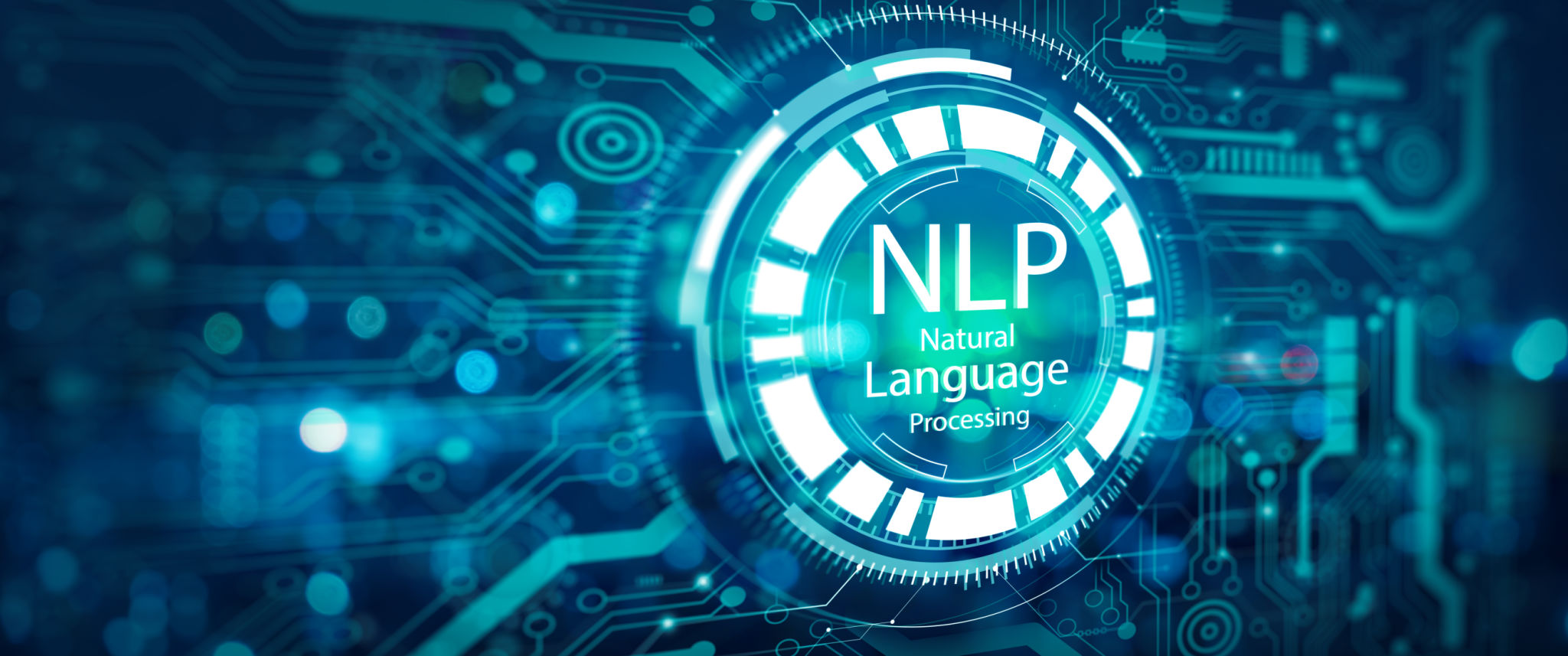Understanding Natural Language Processing: A Beginner’s Guide
What is Natural Language Processing?
Natural Language Processing, commonly referred to as NLP, is a branch of artificial intelligence that focuses on the interaction between computers and humans using natural language. The ultimate goal of NLP is to enable computers to understand, interpret, and generate human language in a way that is both meaningful and useful. This field combines elements from linguistics, computer science, and AI to bridge the gap between human communication and digital data processing.
NLP involves multiple techniques and tools to process natural language data. These techniques allow machines to perform tasks such as translation, sentiment analysis, and speech recognition. Understanding NLP is crucial for anyone interested in AI and machine learning, as it plays a key role in developing technologies that can process and analyze vast amounts of human language data.

Core Components of NLP
Tokenization
Tokenization is the process of breaking down text into smaller units called tokens. These tokens can be words, phrases, or even sentences. This step is essential because it allows machines to systematically analyze text by focusing on individual components. Tokenization helps simplify complex text data, making it easier for machines to process and understand.
Part-of-Speech Tagging
Part-of-speech tagging involves identifying the grammatical role of each word within a sentence. This step is important for understanding the structure and meaning of sentences. By tagging words as nouns, verbs, adjectives, etc., machines can better grasp the context and relationships between words in a given text.

Applications of NLP
Machine Translation
One of the most popular applications of NLP is machine translation, where computers translate text or speech from one language to another. Technologies like Google Translate use advanced NLP algorithms to provide translations that are continuously improving in accuracy and fluency.
Sentiment Analysis
Sentiment analysis is used to determine the emotional tone behind a body of text. This application is particularly useful for businesses looking to gauge public opinion, monitor brand reputation, or analyze customer feedback. By understanding sentiments expressed in texts, companies can make informed decisions based on customer perception.

Challenges in NLP
Despite its advancements, NLP faces several challenges that researchers are continually working to overcome. One major challenge is dealing with ambiguity in language. Words or phrases can have multiple meanings depending on context, making it difficult for machines to accurately interpret them.
Another challenge is cultural nuances and idiomatic expressions that vary significantly across different languages and regions. Machines must be trained to recognize these variations to provide accurate and contextually relevant outputs.
The Future of NLP
The future of NLP is incredibly promising as technology continues to evolve. With advancements in deep learning and neural networks, NLP systems are becoming more sophisticated and capable. We can expect more intuitive voice assistants, improved real-time translation services, and highly personalized content recommendations.
As NLP technology continues to advance, it will play a crucial role in shaping how we interact with machines, making communication more seamless and efficient across different platforms and languages.
